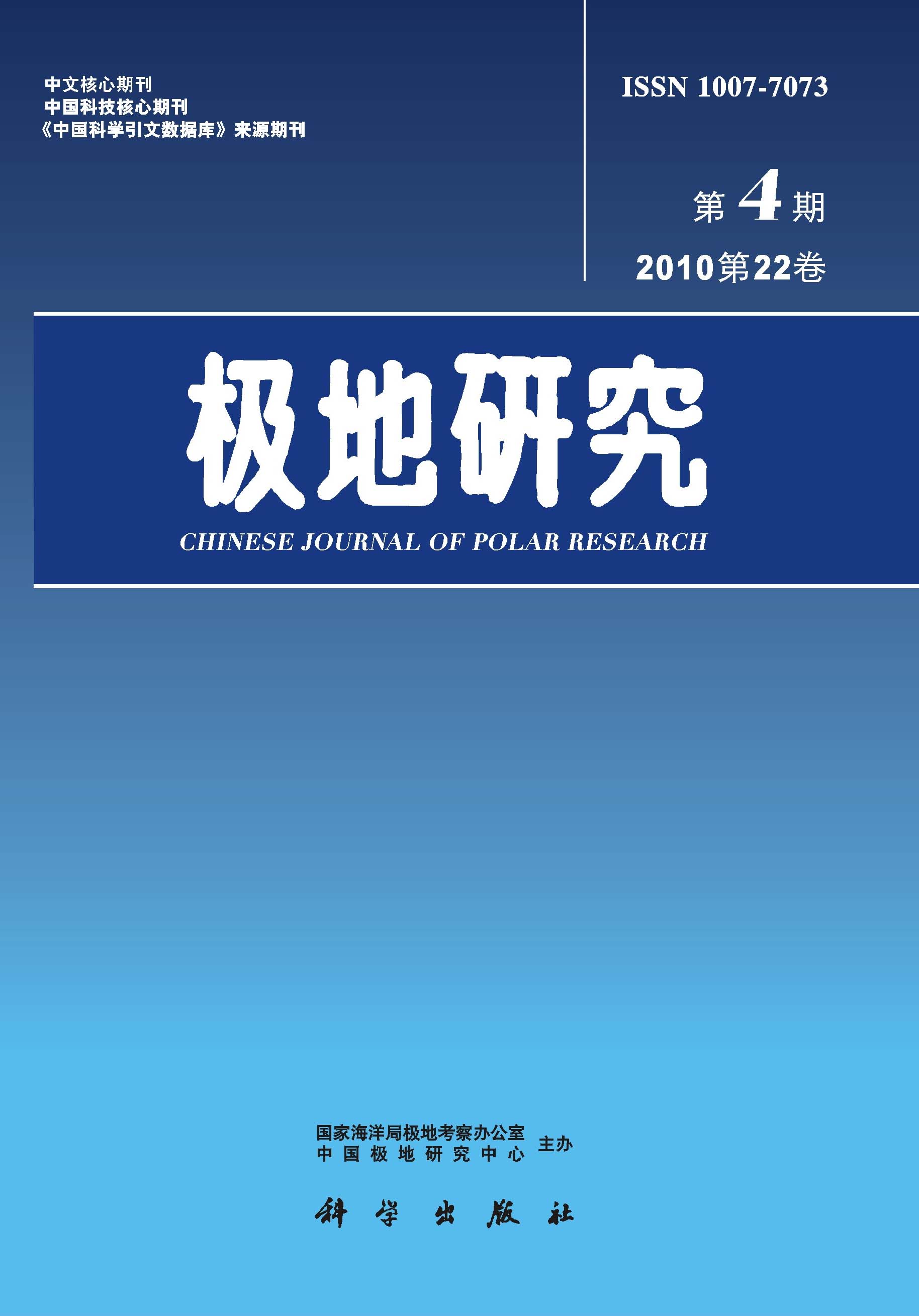The EISCAT data are used to confirm the important role of precipitation particles in the ionization rate in the auroral region. The height range of the effective ionization is quite different for particles with different energies. On the other hand,an enhancement of magnetospheric convection often results in decreasing of electron density, N, in the F layer. During 28~29 January, 1985, the disturbed profile of N was very typical, in which N(E layer)N(F layer) and N decreased with height above 147km.This phenomenon was caused by both energetic particles and intensive convection.During the period of 16~17 February, 1993, however, the N(F layer) increased extremely, while N(E layer) remained low. This is also a typical profile, but is opposite to that of the former one. In this case, the particles with lower energy( < 1keV) in the magnetosheath entered directly the high latitude ionosphere through the cusp, and can contribute significantly to the F layer ionization content.

